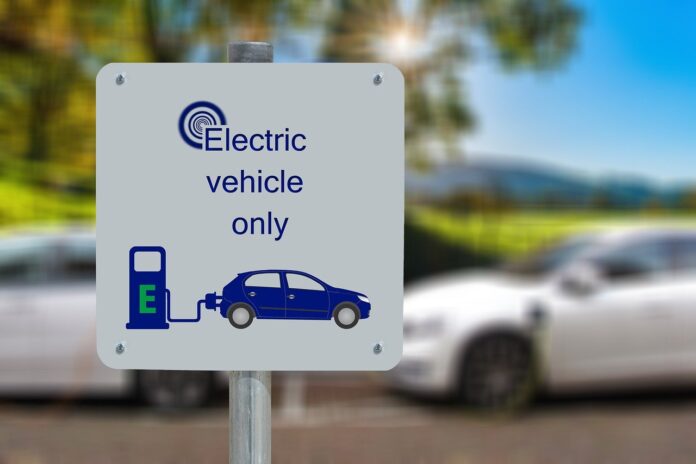If you’ve been thinking about switching to an electric van, you’ve probably already got a whole list of things on you mind – starting with whether you can afford one. Electric vehicle (EV) technology is typically more expensive to buy than that found in traditional petrol and diesel transport, and it’s no exception for vans. But before you start looking at value my car services to find out whether there’s any mileage in part-exchanging your current wheels, let’s consider not only the pros of switching to electric power but also how to choose the best electric van for you.
What’s great about driving an electric van?
Lots of negative nellies will tell you all the bad things about electric vans – in particular, their short driving ranges and the amount of time they take to recharge – so let’s take a minute to consider what’s good about driving an electric van.
First of all, they are very smooth and quiet. With fewer moving parts under the bonnet they make less noise and generate far fewer vibrations, making them more pleasant places to spend time.
Fewer moving parts also means lower servicing costs, with some manufacturers claiming savings of over 50%. Not only is there no oil to change, electric vans are usually lighter on wear items such as brake pads, since the electric motor also does some of the slowing down.
Similarly, they use single-speed transmissions, so there’s no clutch to wear out and you don’t have to worry about changing gear – brilliant for traffic jams and city driving.
Electric motors typically deliver all of their torque instantly, so most electric vans also feel very sprightly to drive, with quick initial responses. This isn’t true of every model, but it is a general trend, making them lively around town.
Finally, electric vans can be much cheaper to run than petrol and diesel models. While the rising cost of electricity is making this less predictable, you should find that only the most expensive public chargers compete with internal combustion in terms of cost per mile. Plus, if you have a charger at home or work, there’s the added convenience of never having to visit a petrol station ever again.
On top of this, electric vans are eligible for the UK government’s plug-in van grant , saving you some money on the list price.
How to choose the best electric van for you
As with any van purchase, you have to first think about what you need to carry and how you plan to use the vehicle. For it is certainly true that electric vans have shorter driving ranges per charge than a diesel equivalent will manage per tank, and that they usually have lower payload ratings as well.
Load space, however, will be unaffected, as the batteries are almost always mounted under the load floor out of the way. So in this sense choosing an electric van still ultimately comes down to what you need to fit in the back.
The best small electric vans
Traditionally, electric vans have been based on small vans, the most famous examples being the Renault Kangoo ZE – now known as the Renault Kangoo E-Tech – and the Nissan e-NV200. This makes them less expensive, but also means they can only carry a limited amount of goods, and only the newest and best models can reliably exceed 100 miles of driving range in all kinds of driving.
Our top choice if you want a small electric van right now would be one of four vans that share identical engineering: the Citroen e-Berlingo, the Peugeot e-Partner, the Toyota Proace City Electric and the Vauxhall Combo-e. Of these, we’d pick the Proace City Electric, as Toyota has a good dedicated van dealer network and gives you up to 10 years of warranty cover.
The best medium electric vans
The most innovative area of the electric van market right now, however, is the medium van sector. These models have more load space and can be equipped with much bigger batteries, giving the best versions currently available over 200 miles of claimed driving range per charge.
A similar quartet of identically engineered models leads the way here, with the Citroen e-Dispatch, Peugeot e-Expert, Toyota Proace Electric and Vauxhall Vivaro-e standing head and shoulders above the likes of the Mercedes-Benz eVito and Volkswagen e-Transporter. Again, we’d pick the Toyota, for similar reasons to those outlined above.
You do have more choices to make with a medium van, though, for the best examples offer you more than one battery size, which also has a significant impact on payload. If you need to carry heavier goods or equipment in the back, the smaller battery will give you greater capacity. Food for thought.
The best large electric vans
Variants are also an important consideration when it comes to large electric vans. For the most part, these have the shortest driving ranges of all but some manufacturers offer you a lot more choice when it comes to body type – not only offering different sizes of panel van but also chassis cabs and conversions for more specialist use.
Payload compared with diesel alternatives can be limiting, but the best large electric vans are able to combat this by coming in higher gross vehicle weights, which in some circumstances can still be driven on a regular car licence. But in any case, going electric is more limiting in this class than the others, so is really only suitable if you know your daily driving distance is within the range the batteries are comfortably capable of.
From a practicality perspective, the best choices are the Fiat E-Ducato and Maxus e Deliver 9 – though if range isn’t an issue, the quality of the Mercedes-Benz eSprinter is undeniable, even if it does come in only a single variant.







